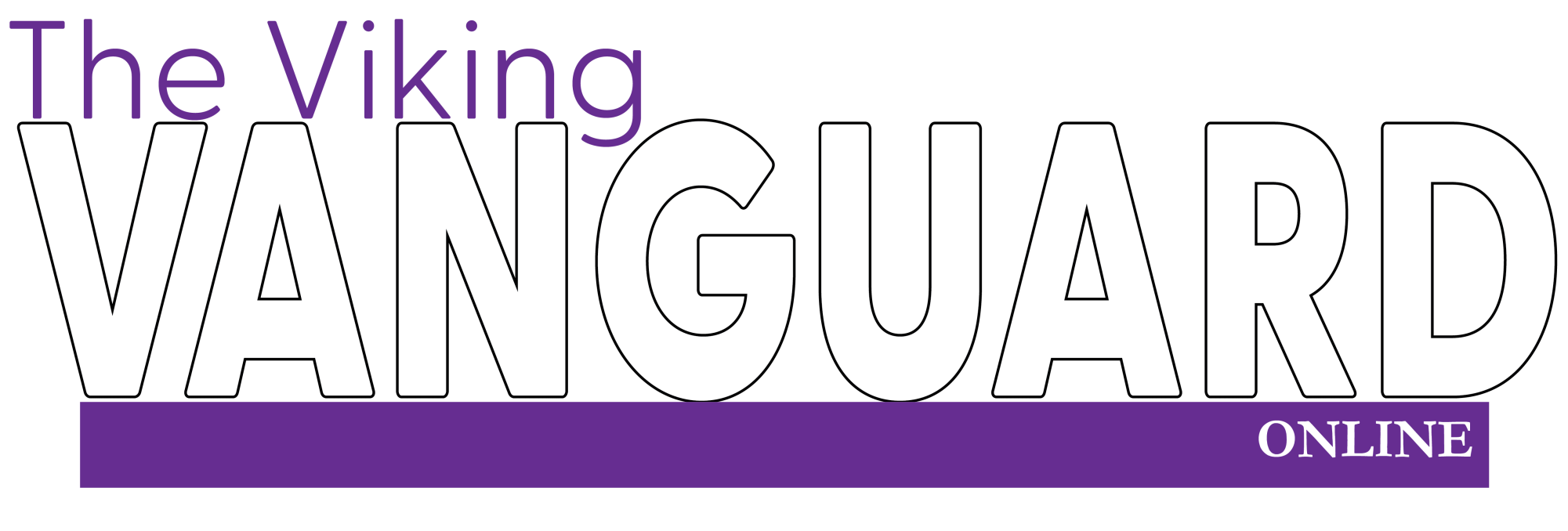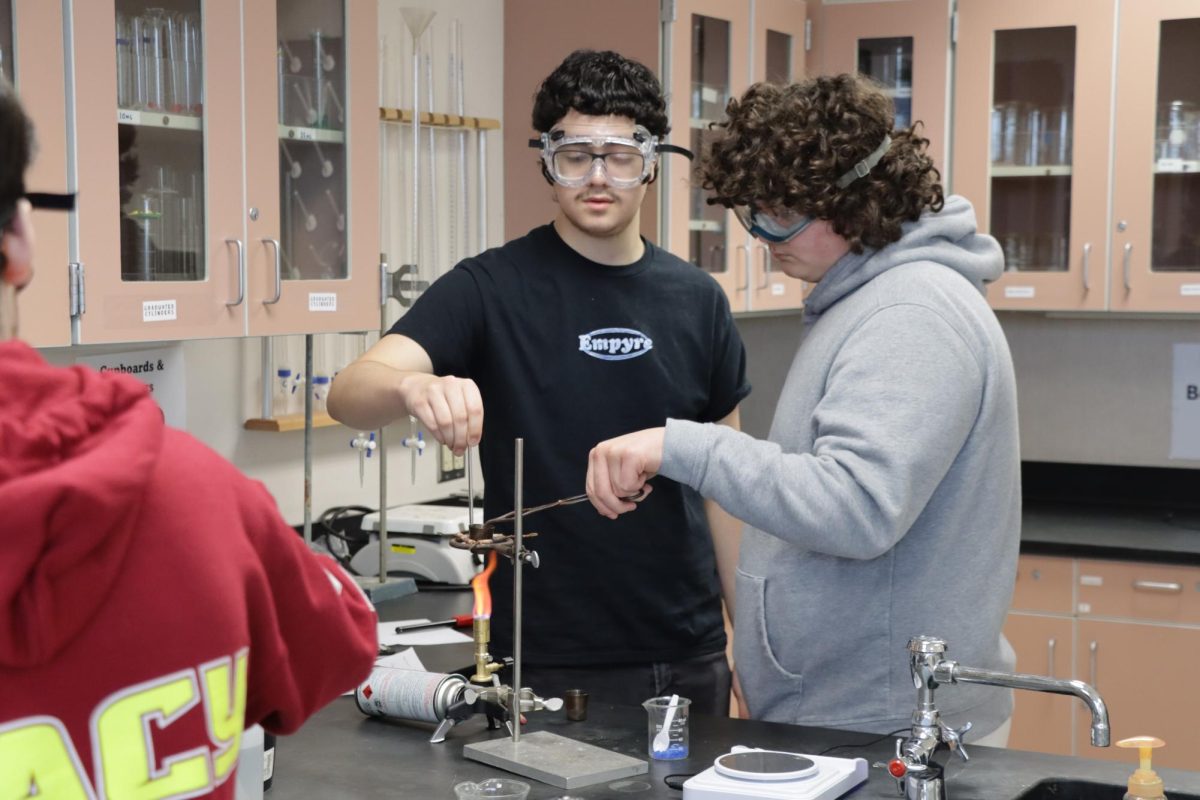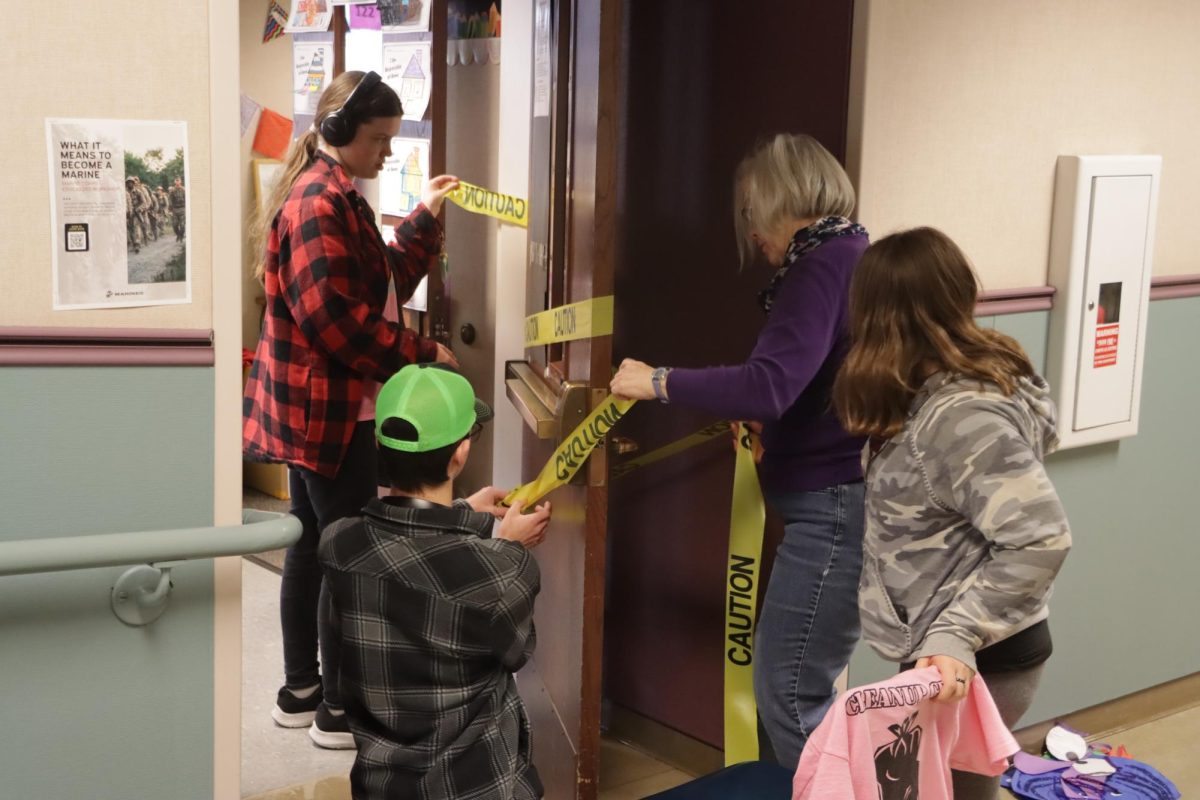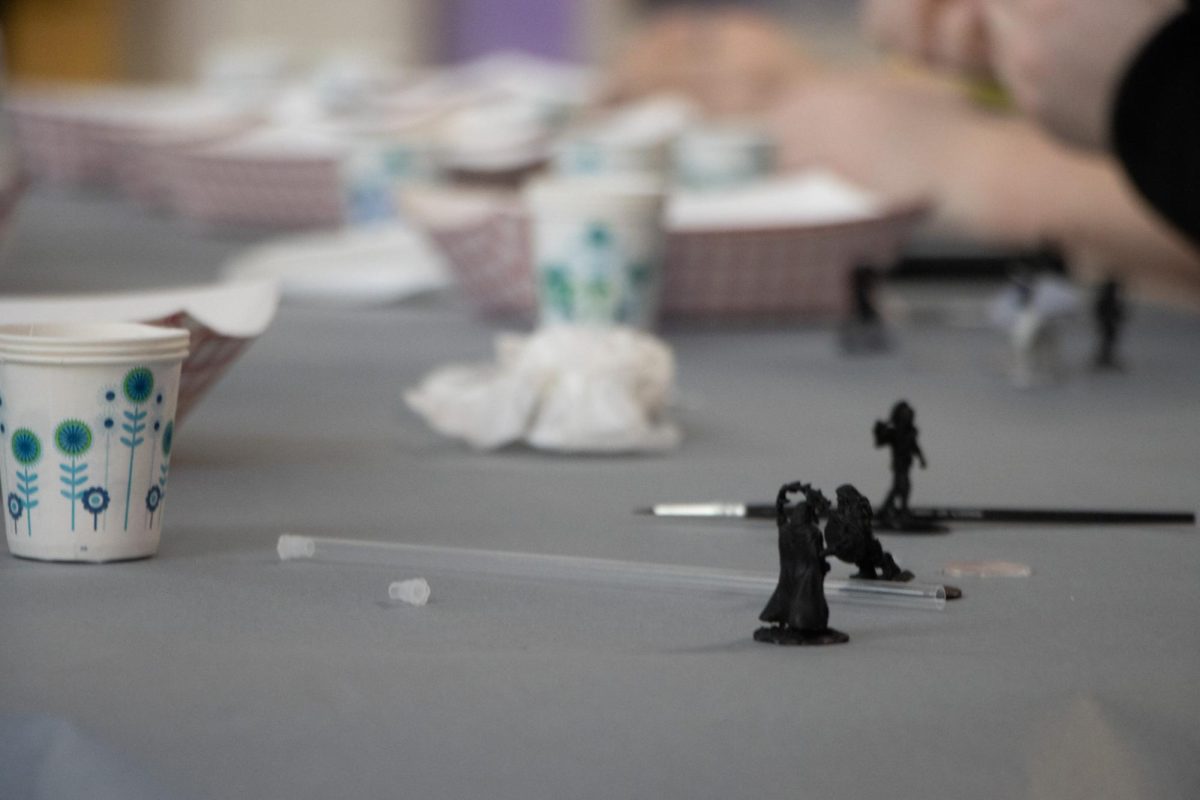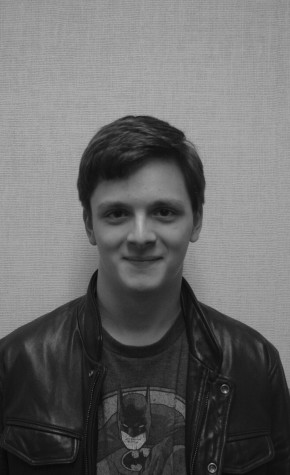Bright lights, big cameras, a giant floor-to-ceiling green screen, a control booth and professional broadcast journalists coming in as guest speakers.
All of the above are parts of the Broadcast Journalism curriculum, a new Career and Technical Education course being offered at PHS next year.
Broadcast Journalism and the other CTE courses give students an opportunity to learn trade skills in their respective fields.
Career Specialist Shelly Jellison explains that the goal of a CTE class is to train students for a particular career.
“For example in our automotive class students are learning how to work on cars and the systems. The same thing with STEM. Some of our other classes [are] graphic design or web design, we also have our medical science classes, culinary,” Jellison said. “All of those classes are surrounding industry standards. [They teach] what students need if they were going to pursue either directly out of high school a career or a college program or training program in that area. We really help them explore it and then in the higher-level classes as they move through it is more preparatory.”
Several factors contribute to whether a particular CTE class will be offered; Jellison describes those factors.
“We really look at what the job forecast for specific careers [is]. For example, our medical careers academy is in existence because there is a huge number of needed workers in the medical field. STEM came about because it is [an] area where a lot of jobs are available in our community and across the United States,” Jellison said. “Really we look at the job forecast and student interest. There was one year that we offered biomedical sciences but we did not have a large number of students who were interested so we only offered it for one year.”
Some of the available CTE classes include Relationships and Human Development, Child Development, Education careers I and II and Teaching Academy, which are taught by Cassandra Mueller.
“The Education Careers class is an internship in a classroom and it is for those that think they want to work with children, [who] want to become a teacher or a job in the education field of some sort. They do an internship with children every day but one [day] where we meet here and examine different parts of becoming a teacher or working in [the] education [field],” Mueller said. “We have a job panel (or career panel) of people who tell us about their experiences that are in education but they do not work as a classroom teacher. They come in and explain all of the different options of the field of education for the students to choose from.”
Mueller describes the internship portion of Education Careers class in more detail.
“Throughout the time they are in their internship, which is four of the five days, I visit them throughout those days and I work with them…Some of the things they do is just helping one-on-one in small groups but then I frame it in the way of ‘How are you helping in the class? What kind of impact are you having on the child? Is this something you are enjoying?’ We discuss prior to going there everything from confidentiality to…special education information so that they know how to help students,” Mueller said.
Teaching Academy, a class offered only to seniors, gives students the opportunity to teach a class during their internship.
“Teaching Academy is only for those who want to become teachers so they take one semester here in the classroom with me and second semester they do an internship… they are in a classroom with a teacher [where] they actually get to teach the class and the teacher guides them and does all of the classroom management while they are doing that,” Mueller said. “They get a much more-well-rounded experience of teaching specifically, whereas Education Careers you get to help one-on-one in small groups, maybe read stories or do an art project with them but you [do not] actually get to do regular teaching in the class.”
Other CTE classes focus on different topics, such as photography, medicine or even business. Students can also explore computer focused careers through Jennifer West’s Web Design, Graphic Design and Microsoft Office classes.
“A lot of mine are exploratory-type classes, getting kids kind of exposed to different programs and different types of ways they can use the computer with in different types of fields. For the Microsoft Office classes, they actually can get certification through Microsoft…and that is what we do, [we] prepare those kids for those certifications, which is are great things to put on a resume,” West said. “Graphic Design is definitely an exploratory class, especially for those who are art focused but maybe not sure how they want to use that in a career, which then exposes them to Graphic Design which gives some ideas of where they can go. My Web Design [class] has two levels, again it is more exploratory because we are just touching on a bunch of different types of coding that you can do in HTML. Kids will go away with enough knowledge to be able to manipulate some of the templates that are online to be useful for their own stuff, or maybe their friends if they have businesses.”
CTE teachers need to receive a special certification in order to teach CTE classes. Mueller describes the way in which she received her certification.
“I went to Washington State University and I have a four-year degree in Human Development and Secondary Education my area of specialty is Family and Consumer Finance which is my part of CTE. When you are in the family and consumer science program all of your classes that are in your major are focused on being a CTE teacher. So each of the classes I took were Family Consumer Science, Human Development courses but they are specifically focused towards making sure you understand the laws that are regarding education and specifically Perkin’s funding, which is part of the federal legislation and funding for CTE,” Mueller said.
Jellison explains why CTE classes benefit students and how the school receives some benefits from having CTE classes.
“I think the biggest benefit is to our students, because we all know how expensive college is. So for a student to be able to take an anatomy and physiology class or a year or two of culinary arts or to try out the business and marketing program. It helps them to decide if that is something they want to continue to study after they leave high school,” Jellison said. “The benefit that the schools receive, CTE has enhanced funding through some federal grants and things like that.
They are sustained financially outside of a different funding source than our basic education courses [such as] English and math.”
Students who are interested in a career but are uncertain whether they will actually enjoy studying for that career or working in that field can take CTE classes at the high school for free.
“I think that all students need to look at what they want to do outside of high school, if you are an AP student and just focused on entering a four-year university it would be important to look at what you want to study at the next level, as it is for other students. There are typically courses you can take here to try it on. I just really encourage students to try things out here where it is free, you do not have to pay tuition and you also have the opportunity to change your mind and try something else,” Jellison said.
